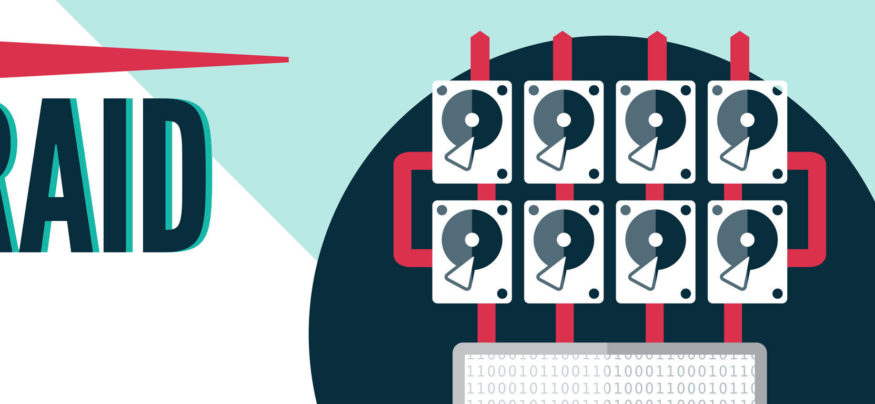SSD arrays can consist of as few as two to up to dozens of SSDs, usually using some type of RAID architecture. Redundant array of inexpensive (or independent) disks, or RAID, provides improved performance and/or reliability for storage arrays by combining multiple disks into a single virtual volume. While there are 10 or more types of RAID architecture, the most common types used with SSDs are RAID 5, RAID 6 and RAID 10.
RAID arrays were originally designed to protect against mechanical or electronic failure in an array of hard drives. Since SSDs are generally much more reliable than HDDs, data center managers may wonder if RAID is still necessary. However, experienced administrators are generally loathe to give up the extra protection, and since RAID can also improve performance, there’s another reason to continue using it.
For more information on the types of RAID and their advantages and disadvantages, check out the infographic below.
RAID Plays An Important Role in SSD Arrays from Samsung Business USA







